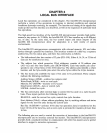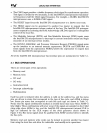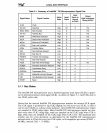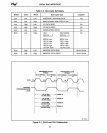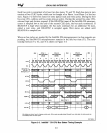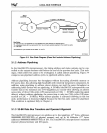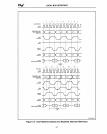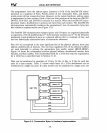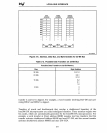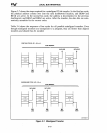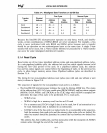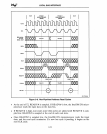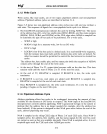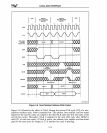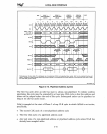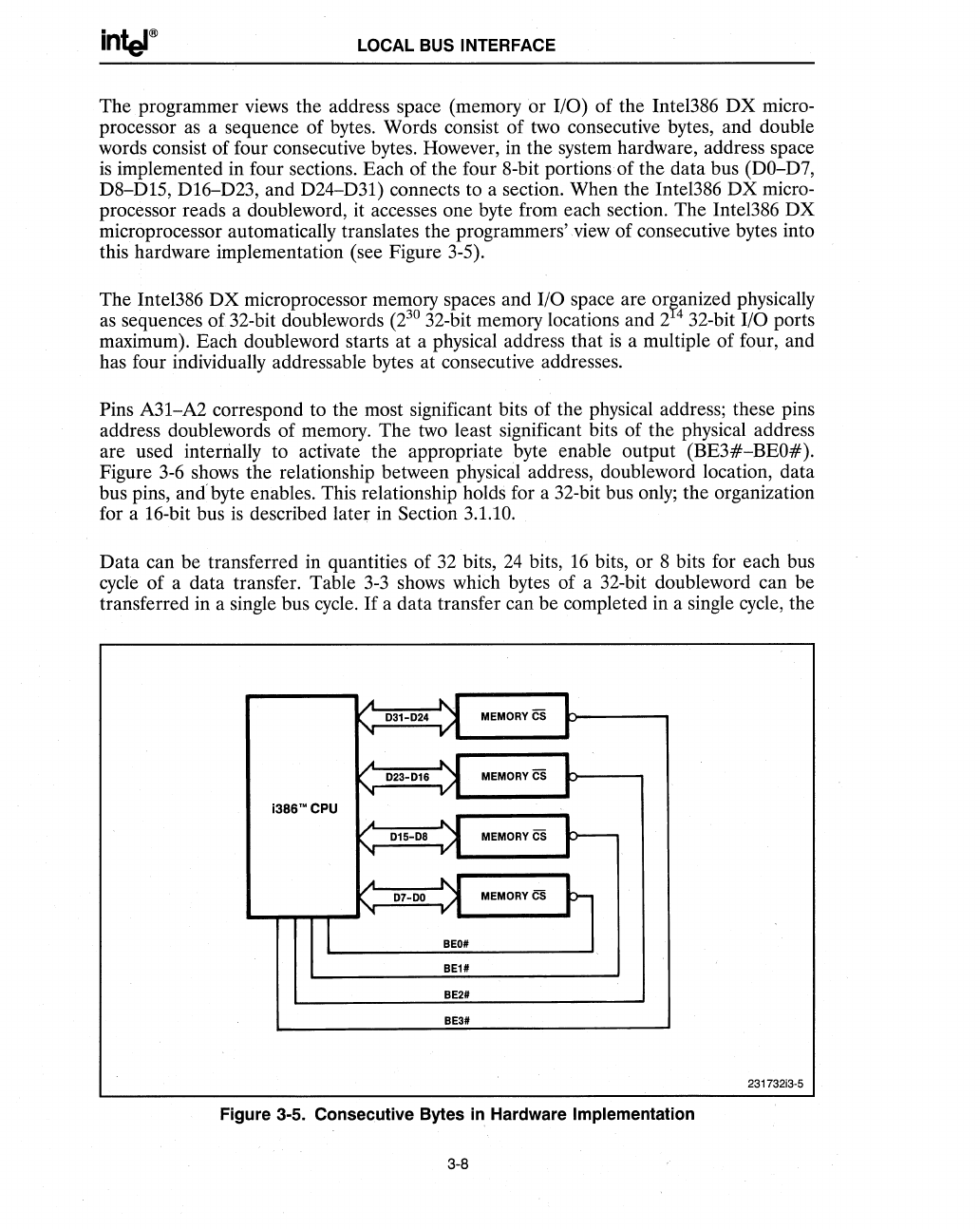
LOCAL BUS INTERFACE
The programmer
views
the address space (memory or I/O) of the Intel386 DX micro-
processor
as
a sequence of bytes. Words consist of two consecutive bytes, and double
words consist of four consecutive bytes. However, in the system hardware, address space
is
implemented in four sections. Each of the four 8-bit portions of the data bus (DO-D7,
D8-DIS, DI6-D23, and D24-D31) connects to a section. When the Intel386 DX micro-
processor reads a doubleword, it accesses one byte from each section. The Intel386 DX
microprocessor automatically translates the programmers'
view
of consecutive bytes into
this hardware implementation (see Figure
3-S).
The Intel386 DX microprocessor memory spaces and I/O space are
or~anized
physically
as
sequences
of
32-bit doublewords
(2
30
32-bit memory locations and 2 4 32-bit I/O ports
maximum). Each doubleword starts at a physical address that
is
a multiple of four, and
has four individually addressable bytes at consecutive addresses.
Pins A31-A2 correspond to the most significant bits of the physical address; these pins
address doublewords of memory. The
two
least significant bits of the physical address
are used interrially to activate the appropriate byte enable output
(BE3#-BEO#).
Figure
3-6
shows the relationship between physical address, doubleword location, data
bus pins, and'byte enables. This relationship holds for a 32-bit bus only; the organization
for a 16-bit bus
is
described later in Section 3.1.10.
Data can be transferred in quantities of
32
bits,
24
bits,
16
bits, or 8 bits for each bus
cycle
of a data transfer. Table
3-3
shows which bytes of a 32-bit doubleword can be
transferred in a single bus
cycle.
If
a data transfer can be completed in a single cycle, the
.A
.....
,
L
031-024
MEMORYCS
J
...
I/"
...
....
..
L
023-016
)I
MEMORYCS
r
...
v
i386'·CPU
...
.....
, I
~
015-08
;:t
MEMORYCS
'I
A
.....
r-
07-00
MEMORYCS
...
v
I
BEO#
BE1#
BE2#
BE3#
231732i3-5
Figure 3-5. Consecutive Bytes
in
Hardware Implementation
3-8




